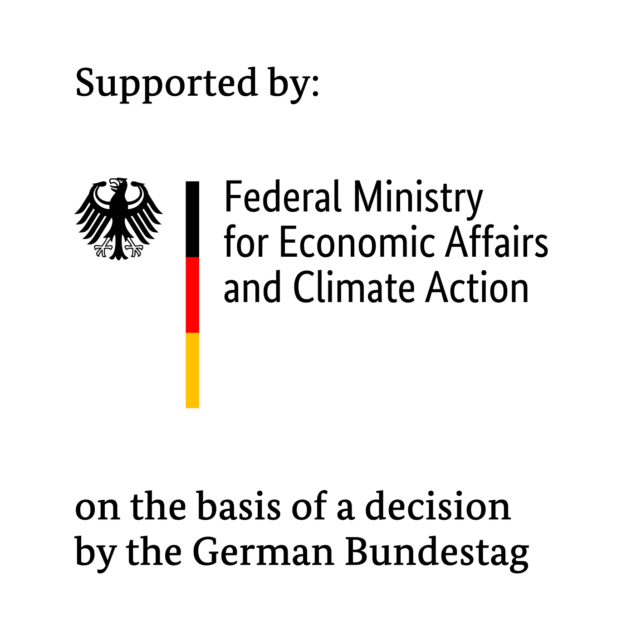
Efficiency enhancement
Stirring tank reactor vs. microreactor
During chemical reactions, through-air tanks from the 3D printer dissipate heat better than their predecessors.

Climate Change
More efficiency for climate protection
Despite many setbacks, an increase in energy efficiency is still the most viable way to limit the effects of global warming.

Chemical Production
A reactor with a good energy balance
Researchers in the ROMEO project have developed a process that makes an industrial reaction more energy-efficient.

Additive manufacturing
The printed plant
Good for the environment and for cost-efficiency: Evonik is using plant components created by 3D printers to construct its own facilities.



